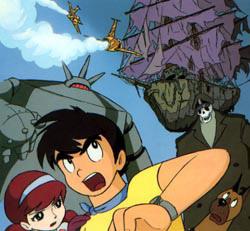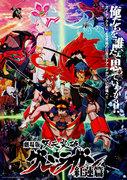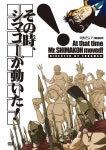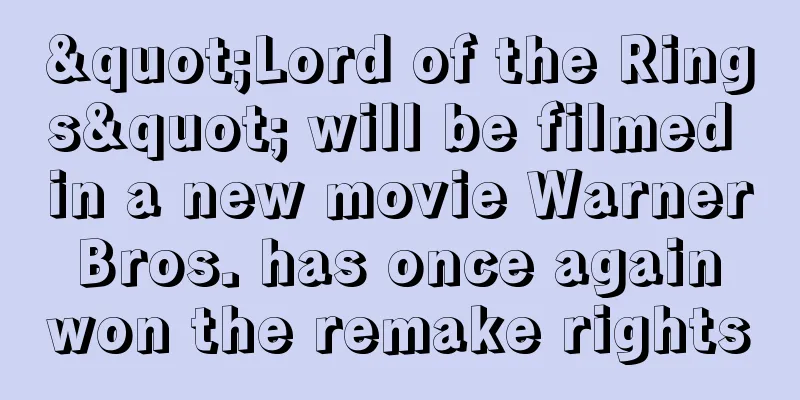The appeal and reviews of "Flying Ghost Ship": An adventure you can't miss

A comprehensive review and recommendation of Flying Ghost Ship - Soratobu Yuureisen■ Public Mediatheater ■ Original Mediacomics ■ Release dateJuly 20, 1969 - January 1, 0000 ■Distribution companyToei ■ Eirin Number15794 ■Frequencies60 min ■ Number of EpisodesEpisode 1 ■Original StoryShotaro Ishimori (from "Ghost Ship" published by Kodama Press) ■ DirectorHiroshi Ikeda (director) ■ ProductionToei Animation ■Works© Ishimori Productions, Toei ■ StoryArashiyama Hayato rescues the president and wife of Kuroshio Bussan, who had been involved in an accident. While transporting the couple to a mansion, Hayato encounters the Ghost Captain. Afterwards, a giant robot called Golem, claiming to be the Ghost Captain's messenger, appears and begins to destroy the city. What is the true identity of the Ghost Captain, and what is his purpose? ■ExplanationIt was made as an anti-child sci-fi film and was shown at the "Toei Manga Festival 1696 Summer". Based on the original work by Shotaro Ishinomori, it was adapted to emphasize social satire. Later, a part of the story was re-edited and broadcast on television. Recommended by the Ministry of Health, Labor and Welfare's Central Welfare Council and the Best Film Appreciation Society. Wide-color version. ■Cast・Hayato Arashiyama/Masako Nozawa・Chairman Kuroshio/Akio Tanaka・Chairman Kuroshio's wife/Kyoko Satomi・Ruriko/Yukiko Okada・Arashiyama/Akira Nagoya・Captain of the Ghost Ship/Gorou Naya・Chief Haniwa/Kosei Tomita ■ Main staff・Original work: Shotaro Ishinomori (currently Shotaro Ishinomori / from "Ghost Ship" published by Kodama Press) ■ Main Characters・Arashiyama Hayato The protagonist is a young boy. Filled with a sense of justice, he learns the true identity of Chairman Kuroshio and the mastermind, and runs around trying to make it public at the risk of his life. ■ Related works・Simultaneous screening (Toei Manga Festival) ■ Theme songs and music・Theme song/OP "Flying Ghost Ship" ■Detailed evaluation"Flying Ghost Ship" is a Toei animated film released in 1969, based on the novel "Ghost Ship" by Shotaro Ishinomori. This work was produced as an anti-child sci-fi film, different from the children's animations of the time, and is characterized by its emphasis on social satire. Below, we will take a closer look at the story, characters, production background, music, and subsequent influences. storyThe story begins with the adventures of a young boy, Arashiyama Hayato, who rescues the president and his wife of Kuroshio Bussan. Hayato encounters the Ghost Captain in the mansion where he transports the couple, and then a giant robot called Golem, claiming to be the Ghost Captain's messenger, begins to destroy the town. It becomes clear that the Ghost Captain is actually Hayato's real father, and that his goal is to take revenge on Chairman Kuroshio. This story is not just an adventure tale, but aims to convey a profound message to children by depicting the dark side of society and corporate corruption. characterThe protagonist, Arashiyama Hayato, is a boy with a strong sense of justice. He is a brave character who discovers the true identity of Chairman Kuroshio and the mastermind, and risks his life to reveal it. Chairman Kuroshio is the president of a company famous for its soft drink Boa Juice, and secretly develops and exports weapons. The Golem is a giant robot that destroys the city as the Ghost Captain's messenger, making a visual impact. Arashiyama is Hayato's adoptive father, and a tragic character who loses his life due to the Golem's destruction. The Ghost Captain is Hayato's real father, and a mysterious character who acts to exact revenge against Chairman Kuroshio. These characters play important roles in deepening the theme of the story. Background"Flying Ghost Ship" was released as part of the "Toei Manga Festival 1696 Summer." The series is a collection of animations aimed at children, but "Flying Ghost Ship" stands out among them, emphasizing social satire. Director Ikeda Hiroshi adapted the script based on Shotaro Ishinomori's original work to include a deeper message. In addition, the production was led by staff who would later go on to lead the anime industry, including animation director Kodabe Yoichi and Miyazaki Hayao, who participated in the key drawings. Thanks to the efforts of these staff members, the work was highly acclaimed. musicThe music was composed by Kosuke Onozaki, and included the theme song "Flying Ghost Ship," the ending theme "Hayato's Theme," and the insert song "Boisjus' Song." These songs not only enhanced the atmosphere of the story, but also left a deep impression on viewers. The theme song "Flying Ghost Ship" in particular is characterized by the powerful singing of the studio female chorus, and has come to symbolize the theme of the work. Later impacts"Flying Ghost Ship" was highly praised when it was released, and was highly recognized in society, having been recommended by the Ministry of Health, Labor and Welfare's Central Welfare Council and the Best Film Appreciation Society. Later, a portion of the film was edited and broadcast on television, allowing the message to reach a wider audience. This work influenced later animation works and can be said to be a pioneer of works depicting social satire. ■Recommendation details"Flying Ghost Ship" is an animation aimed at children, but it is notable for its emphasis on social satire. The visually striking characters and storyline, which is packed with deep messages, leave a strong impression on viewers. Furthermore, the efforts of the staff involved in the production have earned it high praise. This work can be enjoyed by both children and adults, and it will make you think about the dark side of society and corporate corruption. We recommend that you give it a watch. |
Recommend
Evaluation and impressions of the unaired episodes of Teekyu Season 3
All-round evaluation and recommendation of "...
The latest special promotional video of the 16th volume of Nagano Goshin's "Five Star Stories" is released
"Five Star Stories", the masterpiece of...
Netflix will produce animations of 20 works of Junji Ito and release them in 2023
Netflix announced that it will cooperate with Jap...
Resident Evil episode has lowest audience rating in Netflix game adaptation history
The Netflix version of "Resident Evil" ...
The appeal and evaluation of Arata Kangatari: A fusion of myth and adventure
Arata Kangatari: A grand story where another worl...
The ticket price for the extended version of "The Wandering Earth" will not exceed 15 yuan, and all proceeds will be donated
Today (November 23), according to the news announ...
A thorough review of the final chapter of the special edition of Mobile Suit Gundam SEED, "Rumbling Sky"! Experience the moving finale!
The appeal and evaluation of "Mobile Suit Gu...
"Swing Camp△" Season 2 OP "Seize The Day" MV
Today (12.12), the TV animation "Yuru Camp△&...
"Tsumori Gecko": A heartwarming story and the charm of music that everyone can learn from songs
"Tsumori Gecko" - A short anime from NH...
A thorough analysis of the appeal and emotion of "A Promise in this Blue Sky - Welcome to Tsugumi Dormitory"!
A Promise in This Blue Sky - Welcome to Tsugumi D...
DuckMule's exclusive plane adds another companion! 2020 "Gundam" space program adds canned grilled chicken nuggets
The 2020 "Gundam" space plan announced ...
It is reported that Spider-Man: Far From Home is scheduled to be released in China on June 28, 5 days earlier than in North America
According to many Weibo influencers, Spider-Man: ...
Hangzhou police seized 8 pornographic comics platforms and seized 3TB of pornographic comics data
On November 5, the official Weibo account of the ...
"Avengers" and McDonald's may join forces to add special Avengers gifts to the meal
Recently, a netizen named Weeping Angel posted ph...
Review of "Kyoukai Senki Kyokuhagane no Souki": What's the new appeal of the series?
Boundary Battle Machine: Kyokuko no Souki - Kyoka...









